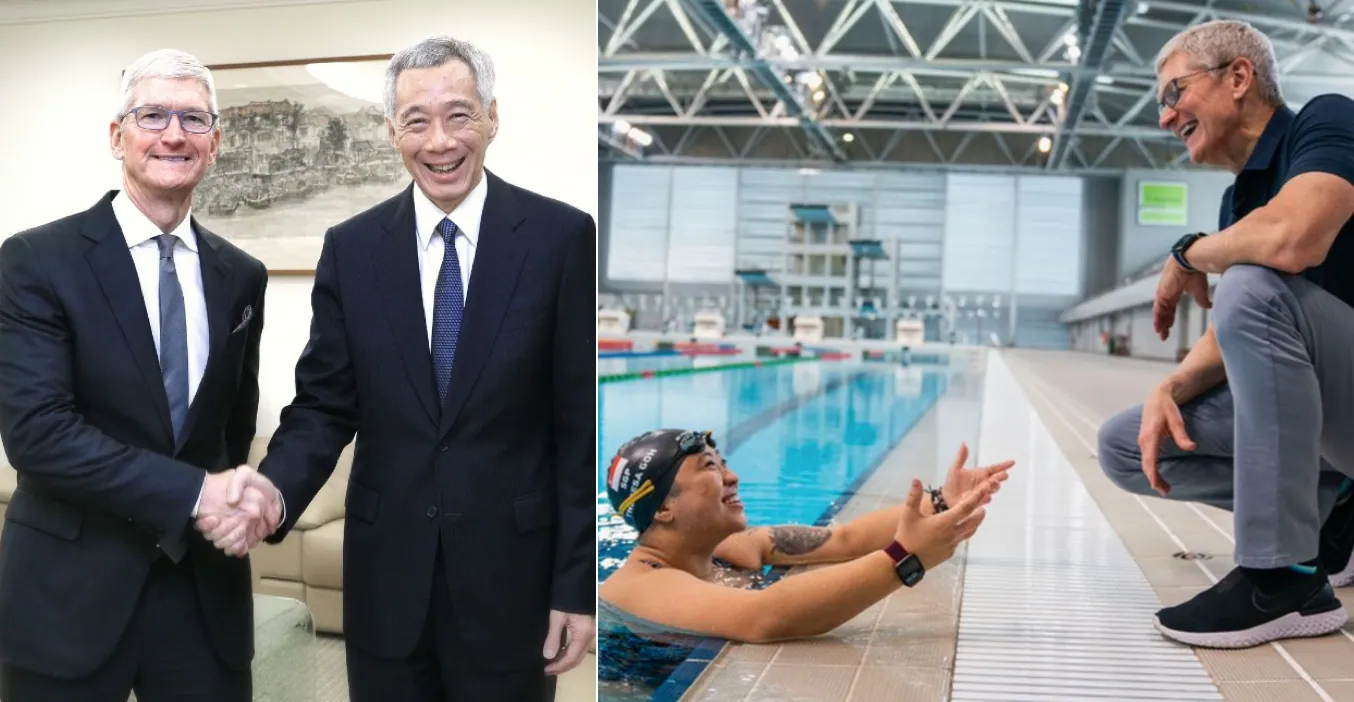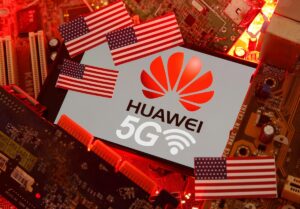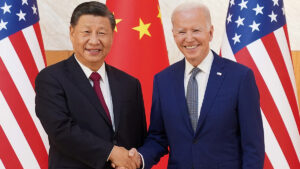Introduction:
Apple recent announcement to invest over $250 million in expanding its regional campus in Singapore’s Ang Mo Kio district signifies a significant commitment to the region. This move reflects Apple’s continued focus on growth and innovation.
Follow us on Linkedin for everything around Semiconductors & AI
Expanding Footprint in Singapore:
Apple started its journey in Singapore back in 1981 with just 72 employees dedicated to developing the Apple II. Fast forward to today, the company has expanded its presence significantly. Apple employs over 3,600 individuals across a diverse range of roles spanning software, hardware, services, and support.
“With our growing campus, Apple is writing a new chapter in our history here. Our Singapore teams have played an important role in enriching the lives of our customers — and we can’t wait for many more decades of innovation to come,”
~Tim Cook, CEO, Apple
Investment: Over $250 million will be invested to upgrade two buildings acquired in 2022 located near the existing campus in Ang Mo Kio.
Read More: Jaishankar Encourages Singaporean Businesses to Invest in India’s Semiconductor Sector
Strategic Significance:
Singapore is a crucial operations center for Apple in the region. It facilitates key functions like sales, marketing, and customer support.
The decision to expand the campus underscores Singapore’s strategic importance as a tech and innovation hub in Southeast Asia.
With robust infrastructure and business-friendly policies, Singapore offers an ideal environment for Apple to enhance its operational capabilities.
The city-state’s skilled workforce further strengthens Apple’s regional presence.
Construction is set to commence later this year, marking the beginning of an initiative to enhance collaboration among Apple’s expanding teams. The two buildings, acquired in 2022 and situated adjacent to the company’s current offices, will undergo upgrades to facilitate this collaboration. The expanded campus will operate entirely on renewable energy and aims to achieve LEED Gold certification upon completion, as stated by Apple.
In a move indicating increased focus on Southeast Asia, Apple is reportedly considering the establishment of a manufacturing facility in Indonesia. CEO Tim Cook mentioned this possibility after meeting with Indonesian President Joko Widodo during his visit to Jakarta, following a prior stop in Vietnam. Cook reportedly shared the president’s interest in fostering manufacturing activities within the country with the media.
Read More: $3.5 Billion Investment: Singapore Startup to Build a New Chip Plant in Italy
Tim Cook’s Statement:
Tim Cook, Apple’s CEO, emphasized the unique connection between Apple and the vibrant community in Singapore.
“Singapore is truly a one-of-a-kind place, and we are proud of the connection we’ve built with this dynamic community of creators, learners, and dreamers,”
~Tim Cook, Apple’s CEO.
He expressed pride in the growth and collaboration fostered over the years, emphasizing Apple’s commitment to supporting creators, learners, and dreamers in the region.
Cook’s statement reflects Apple’s dedication to fostering partnerships and contributing to the local ecosystem’s growth and development.
Read More: Singapore has ‘very high’ Potential to be Global AI hub: Google
Conclusion:
Apple’s decision to invest over $250 million in expanding its Singapore campus is strategic. It aims to strengthen its foothold in Southeast Asia.
Leveraging Singapore’s business environment and skilled workforce is crucial for Apple. The strategic location helps drive innovation and support local communities.
Apple seeks to capitalize on the region’s growing market potential. This investment reinforces Apple’s commitment to driving positive change in Southeast Asia.




